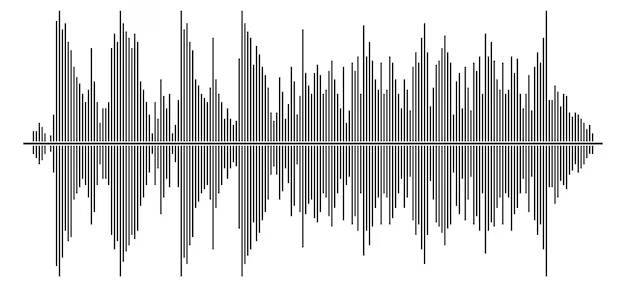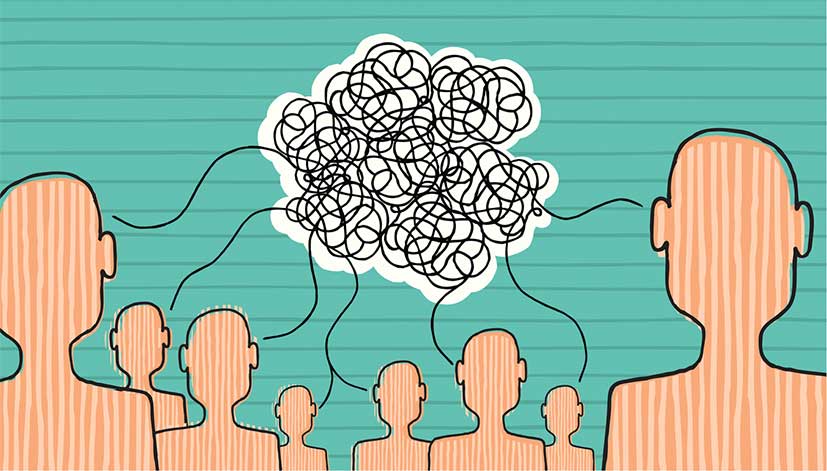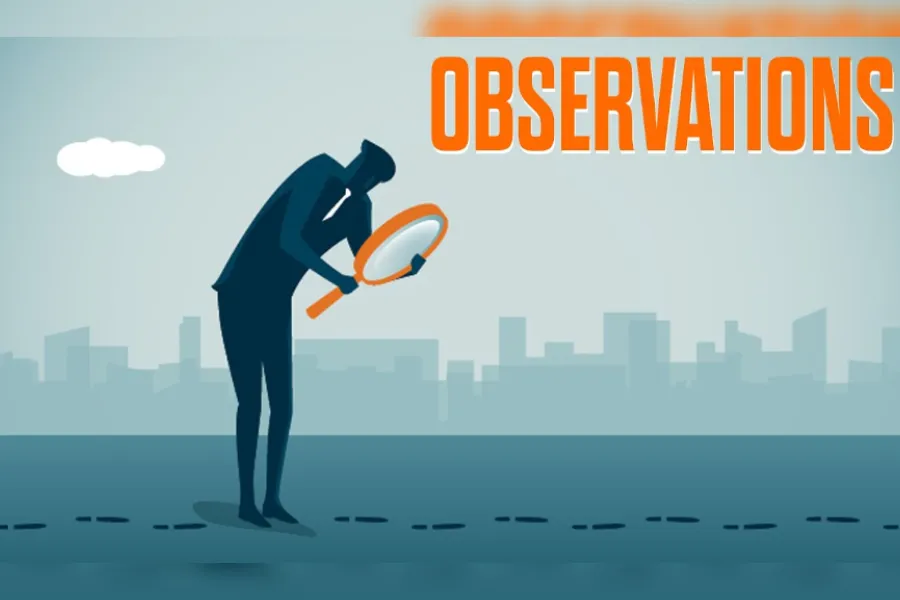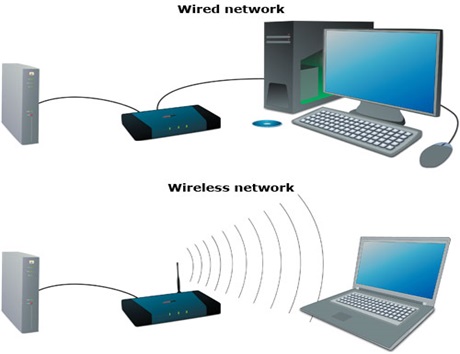It’s a modern-day annoyance that most of us have faced at one point or another, leaving us in a mix of frustration and helplessness. But what exactly are dropped calls? In the simplest terms, they’re calls that get disconnected unexpectedly from many potential issues, ranging from weak signals to network congestion.
Before you give up hope and start complaining about how unreliable cell networks can be, let’s discuss dropped call troubleshooting. Yes, there are methods to ease this frustrating situation, and no, you don’t have to be a tech expert to use them.
This blog is your guide to understanding the why and the how of dropped calls and learning about the practical solutions to keep your conversations flowing seamlessly.

Definition of Dropped Calls
Dropped calls are a common but annoying occurrence where a phone call unexpectedly cuts off due to a signal loss. This interruption can happen for various reasons, but it’s often tied to cellular network disruptions.
Think of it as trying to converse while moving in and out of a room with thick walls — sometimes, the message gets lost. Your call falls through when the network can’t maintain the link between your phone and the cell tower.
![]()
Frequency and Frustration
Now, how often do call drops happen? Too often for anyone’s liking. They sneak up on you, especially when you’re in the middle of something important.
The frequency of these call drops can vary, often peaking during heavy network traffic or when you’re in an area with spotty coverage. The frustration is accurate, as each dropped call chips away at your patience and could even ripple effect on your day.
Causes of Dropped Calls
Dropped calls can be a real pain, interrupting conversations at the most inconvenient times. They’re not just annoying; they can signal deeper issues with your mobile network or device. Let’s dive into some common reasons your calls may drop unexpectedly –
-
Network Congestion
Ever find your call quality plummeting during rush hour? This often happens from network congestion. Too many people trying to use the mobile network simultaneously can overload the system, leading to call drops.
It’s like a traffic jam on the highway but for your calls. Mobile signal optimisation like signal boosters or network extenders that can alleviate some of this strain by balancing the load and keeping your conversations smooth.
-
Signal Interference
Signal interference is the static of the mobile world. It’s the invisible barrier that distorts and disrupts your calls. Various factors, from high-rise buildings to stormy weather, can block or interfere with the signal between your phone and the cell tower.
Professional call quality improvement tips often suggest finding a more open space or moving to higher ground to minimise these pesky interruptions.

-
Hardware Issues
Hardware issues with your phone can lead to call drops. This could be anything from a faulty antenna to a dying battery.
Keeping your device in tip-top shape is part of the mobile signal optimisation process. If your phone is the culprit, a visit to a technician or considering an upgrade might be the call to make.
-
Software Glitches
Outdated or buggy software can lead to a host of call issues, including those dreaded drops. To keep your calls on the line, ensure regular software updates. They will iron out the kinks and keep your conversations flowing.
Impact on Users
The ripple effects of technology glitches extend far beyond the devices we hold. When smartphone connectivity issues arise, they tug at the very fabric of our daily interactions. The consequences are immediate and often profound, affecting everything from personal connections to professional obligations.
-
Communication Breakdown
In today’s digital world, dealing with smartphone connectivity issues is more than annoying—it can completely disrupt communication.
Being unable to send messages, make calls, or check emails can cut you off from personal and professional contacts. This disconnection can cause a domino effect, affecting everything from personal relationships to time-sensitive work delivery.

-
Business Consequences
Wireless communication challenges aren’t just a hassle—they have real consequences for businesses. When connectivity problems arise, the impact can be immediate and widespread. Sales might suffer, customer service could take a hit, and the hard-earned trust in a company could vanish in no time.
In a market where every second counts, the ability to stay connected becomes the cornerstone of commercial viability.
Identifying Dropped Calls
Call drops can be a major headache, not just for customers but for network providers, too. Pinpointing the issue is the first step in keeping those all-important lines of communication clear. As users, observing patterns and scrutinising call logs can help providers trace back to the root cause of the issue.
-
Observation
Observation is the first step in tackling call drops. It’s not enough to know that calls are being dropped; you need to understand the patterns and circumstances. Conducting a thorough signal strength analysis helps spot the dead zones, whilst mapping out the ebb and flow of signal quality in different areas and times.

-
Call Logs
Call logs are invaluable records that help pinpoint the exact moment a call fails. They’re the breadcrumb trail leading us to the core of the problem. With meticulous examination of call logs, we can identify network congestion solutions.
These logs offer a treasure trove of data – from call durations to the signal quality at the time of the drop.
DIY Solutions
When your devices start acting up, seeking professional help is not always necessary. A few simple DIY solutions can set things right, saving you time and money. Let’s explore some straightforward fixes that can be done from the comfort of your home.
-
Check Signal Strength
Weak signals are usually the leading cause of call drops or slow data. Before you call it quits, take a moment to assess your signal strength. Telecom industry innovations have made it easier to understand signal issues. Look for apps like speedcheck.org or your device’s built-in tools to diagnose signal strength.
If you find it lacking, try moving to a different location or removing any physical obstructions that might be causing interference.
-
Update Software
Software updates for mobile phones often contain critical fixes that can improve your device’s performance and security. Manufacturers regularly release updates, so checking for the latest version can resolve many issues you might be facing.
Go to your device’s settings menu, find the software update section, and let your device handle the rest.

-
Evaluate Hardware
Sometimes, the problem lies not within the software but in the physical hardware of your device. A thorough investigation can uncover issues like a damaged SIM card or wear and tear that impacts performance.
Don’t be intimidated; a simple visual check for apparent damage or dirt can be your first step. If you suspect a hardware issue, consider a professional assessment, but remember that sometimes, a simple cleaning or reseating of components can work wonders.
Carrier-Specific Solutions
When you’ve exhausted all your options with persistent network issues, it’s time to consider carrier-specific solutions. Whether you’re dealing with dropped calls or sluggish data, the right fix is out there.
-
Contacting Customer Support
Encountering call drops can be frustrating, but help is just a call away. Customer support for call drops is the frontline defence against persistent network problems.
These experts are on standby to troubleshoot your issues and provide personalised assistance, keeping your service running smoothly.
-
Network Upgrades
With 5G technology advancements, carriers are upgrading networks to meet the future head-on. These upgrades mean faster speeds, lower latency, and a drastic reduction in call drops.
You can take full advantage of the cutting-edge infrastructure designed to minimise disruptions and improve your mobile internet experience by staying informed.

Future Technologies
Looking ahead, the landscape of mobile networks is set for a groundbreaking shift with futuristic technologies on the horizon. These innovations promise to revolutionise connectivity, paving the way for a more seamless user experience.
-
5G and Beyond
The much-anticipated 5G technology is just the tip of the iceberg. Beyond speed, it holds potential for diverse applications, from IoT advancements to ultra-reliable low-latency communication. This next-gen network promises lightning-fast speeds and unprecedented connectivity.
-
Improving Network Infrastructure
Enhancing network infrastructure involves upgrading existing systems and deploying advanced technologies to meet the demands of evolving connectivity. These improvements will eliminate dead zones, reduce congestion, and provide robust connectivity for the expanding world of smart devices.

User Tips for Minimising Dropped Calls
Call drops spoiling your conversations? Here are practical tips to fend off those interruptions gathered from real-life dropped call stories.
-
Optimal Calling Locations
Figure out the best spot to make your calls. Opt for areas with strong signals, avoiding elevators or basements. Usually, taking calls outdoors or near windows often leads to clearer connections, minimising the chances of calls dropping unexpectedly.
-
Regular Maintenance
Maintaining your device’s software and hardware can keep running smoothly for years. Regularly update software, clear cache, and ensure your phone’s in top-notch condition. Check for damaged antennas or faulty SIM cards. Simple upkeep can work wonders in preventing call drops.
The Role of Smartphones
Smartphones have revolutionised communication, work, and play, becoming nearly indispensable in our daily lives. Beyond basic calls and texts, they manage smart homes, guide us around town, and even track our health.
But along with their capabilities come challenges that touch on privacy, security, and societal norms.

-
Modern Features
Today’s smartphones embody incredible technological progress. They showcase top-tier cameras, biometric security, and the ability to control other devices, setting new telecom relulatory standards.
They’re not just phones; they’re personal assistants, entertainment hubs, and gateways to a world of apps tailored to our liking.
-
Challenges
Despite their progress, smartphones need help meeting stringent telecom regulations and ensuring safety, privacy, and fair access. Manufacturers have to tackle issues like e-waste, cybersecurity threats, and bridging the digital divide. It’s a delicate balance between pushing boundaries and being responsible.
Wireless vs. Wired Solutions
The debate between wired and wireless solutions presents strong arguments on both sides. Wired networks promise stability and security, while wireless tech offers the freedom to move and communicate without physical constraints.

Advantages and Disadvantages
Here, we’ll unpack the comparison and delve into the nuances of both solutions –
-
Wired Solutions
Wired networks are synonymous with reliability. With a physical cable, you’re less likely to experience interruptions from weather conditions. It’s a straightforward fact: wires aren’t swayed by storms.
This means that your phone calls and data exchanges will stay uninterrupted, come rain or shine. The trade-off? Flexibility. You’re bound by wires, restricting your movement and making it harder to set up in new places.
-
Wireless Solutions
Wireless tech gives us the ultimate freedom—calling from anywhere, anytime. However, the weather impacts on phone calls, especially during heavy rain, storms, or dense cloud cover, can lead to call drops or unsent messages.
The trade-off for wireless freedom involves accepting the unpredictable nature of weather as part of the communication experience.
Bottom Line
Dropped calls represent a significant annoyance in our hyper-connected world, often leading to disrupted communication and potential loss of opportunity. However, the good news is that they can be remedied. Simple steps like updating your phone’s software, checking for hardware issues, or even switching to a location with better signal can make a considerable difference.
If you’re looking a reliable solution in Melbourne, VIC, VoIPElements offers an advanced VoIP service that is designed to minimise the occurrence of call drops. With their innovative technology and dedicated customer support, VoIPElements ensures that your communications are clear, uninterrupted, and professional.
FAQs
Q. How common are dropped calls?
- Dropped calls happen occasionally, varying based on network coverage and device performance. While networks strive for reliability, occasional call drops remain a reality due to various factors like congestion or signal issues.
Q. Can weather conditions affect call quality?
- Yes, weather can impact call quality, especially in wireless networks. Heavy rain, storms, or dense cloud cover can interfere with signal strength, potentially leading to call drops or reduced call quality.


